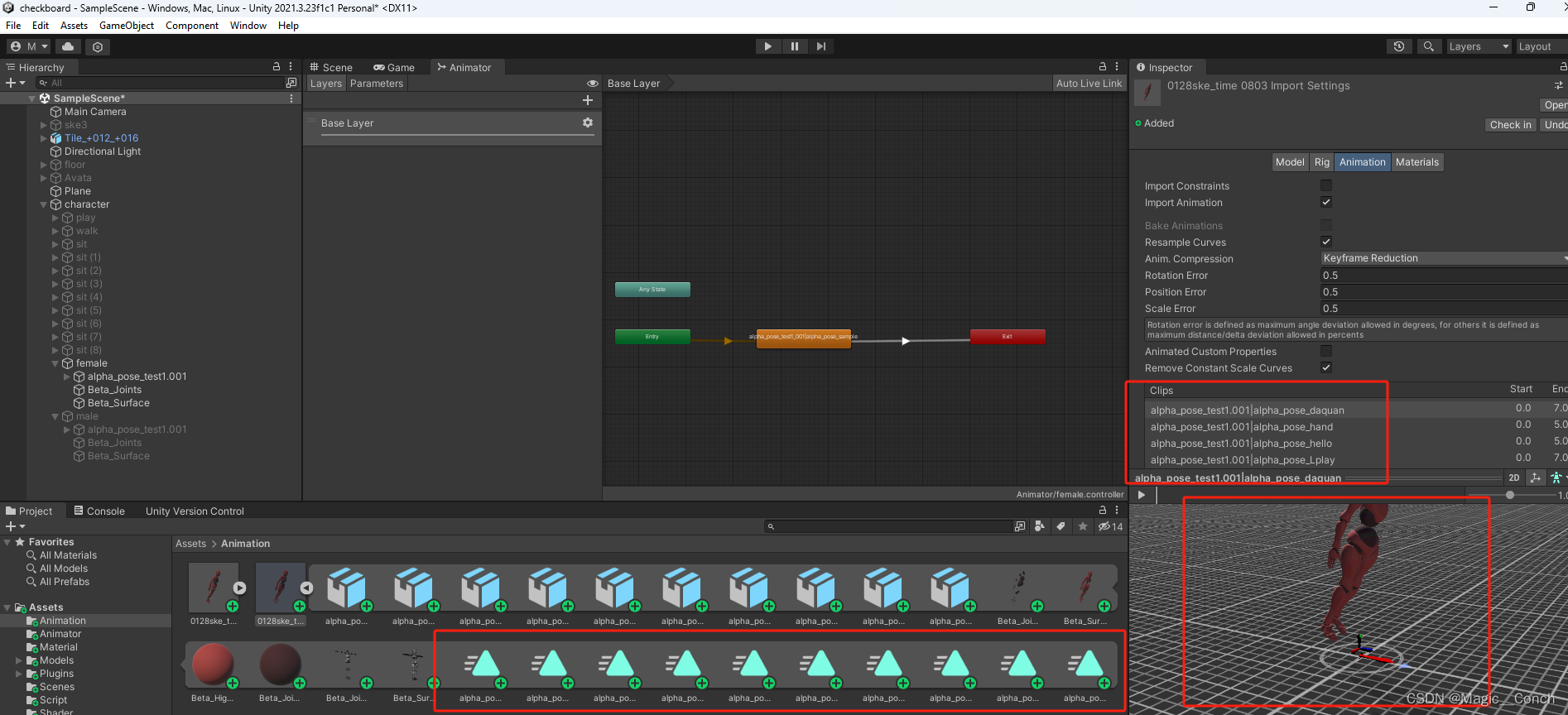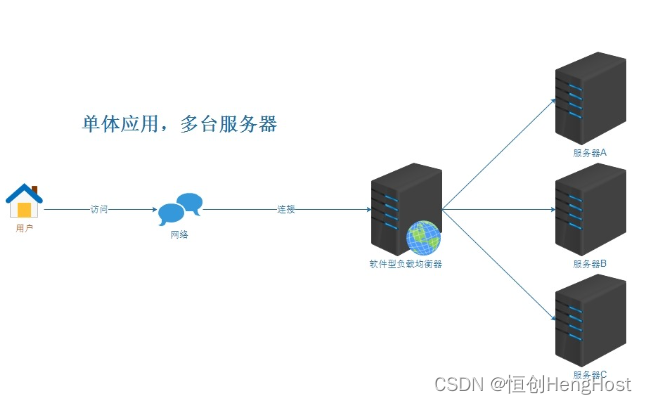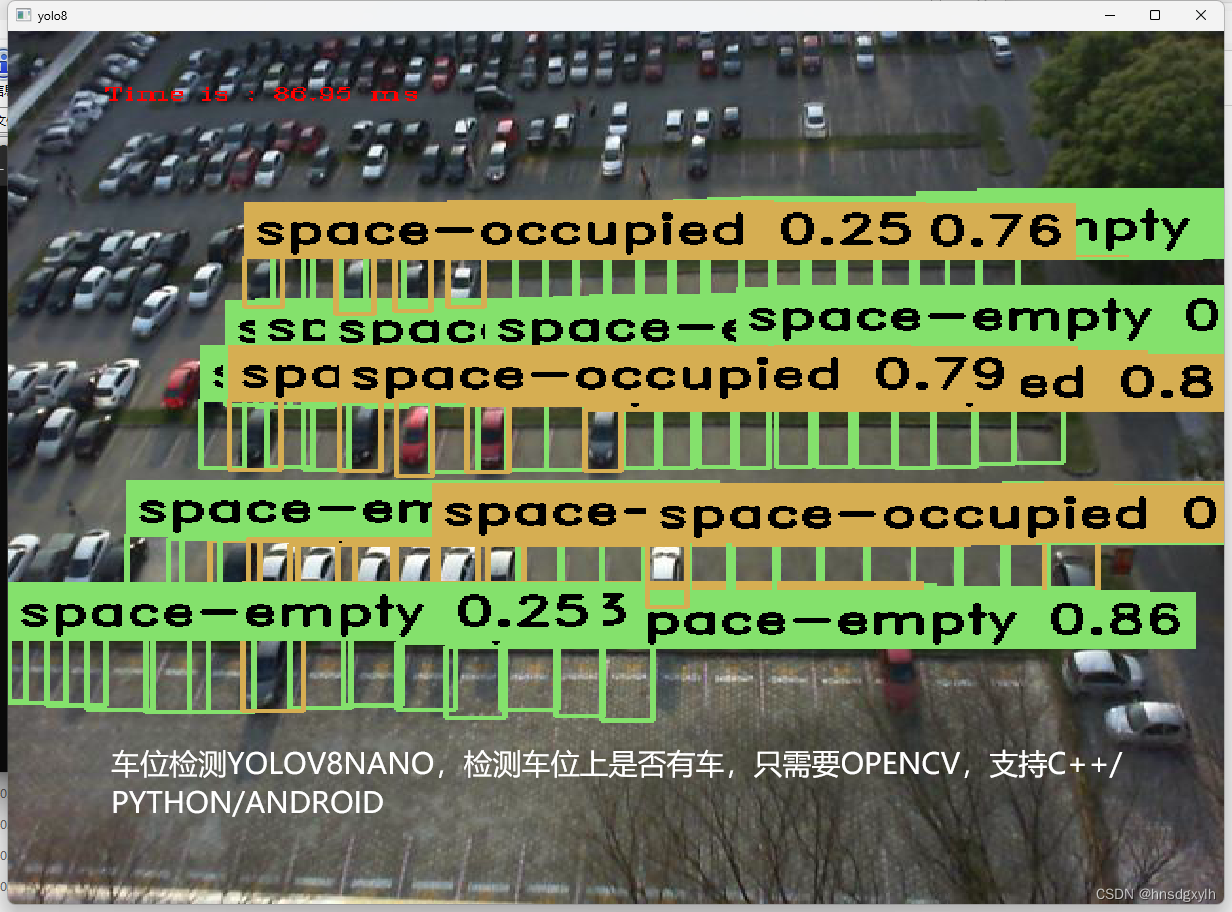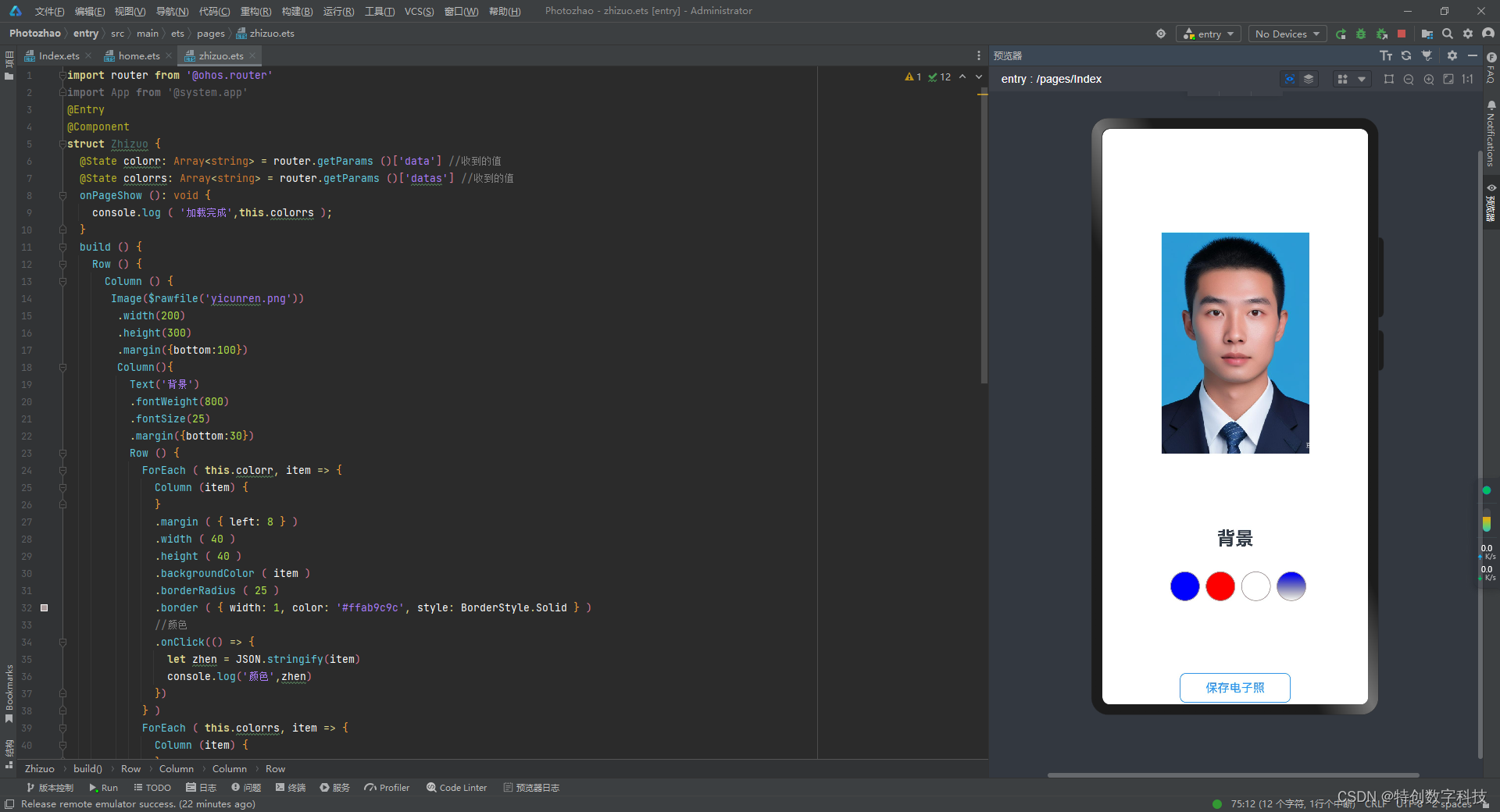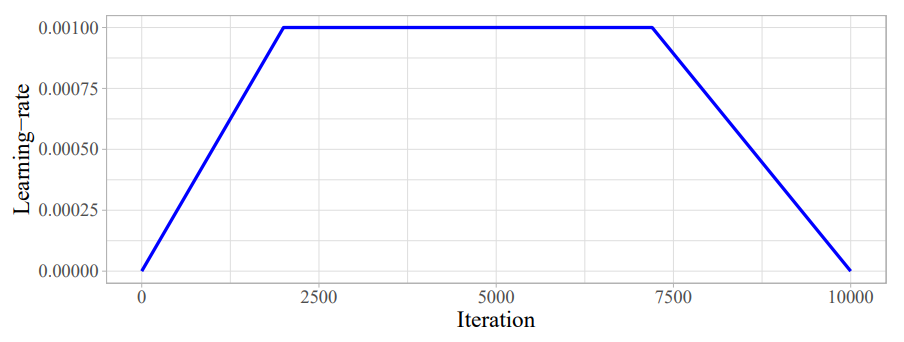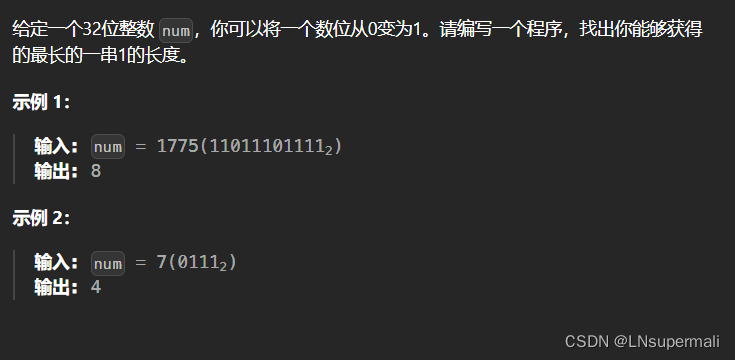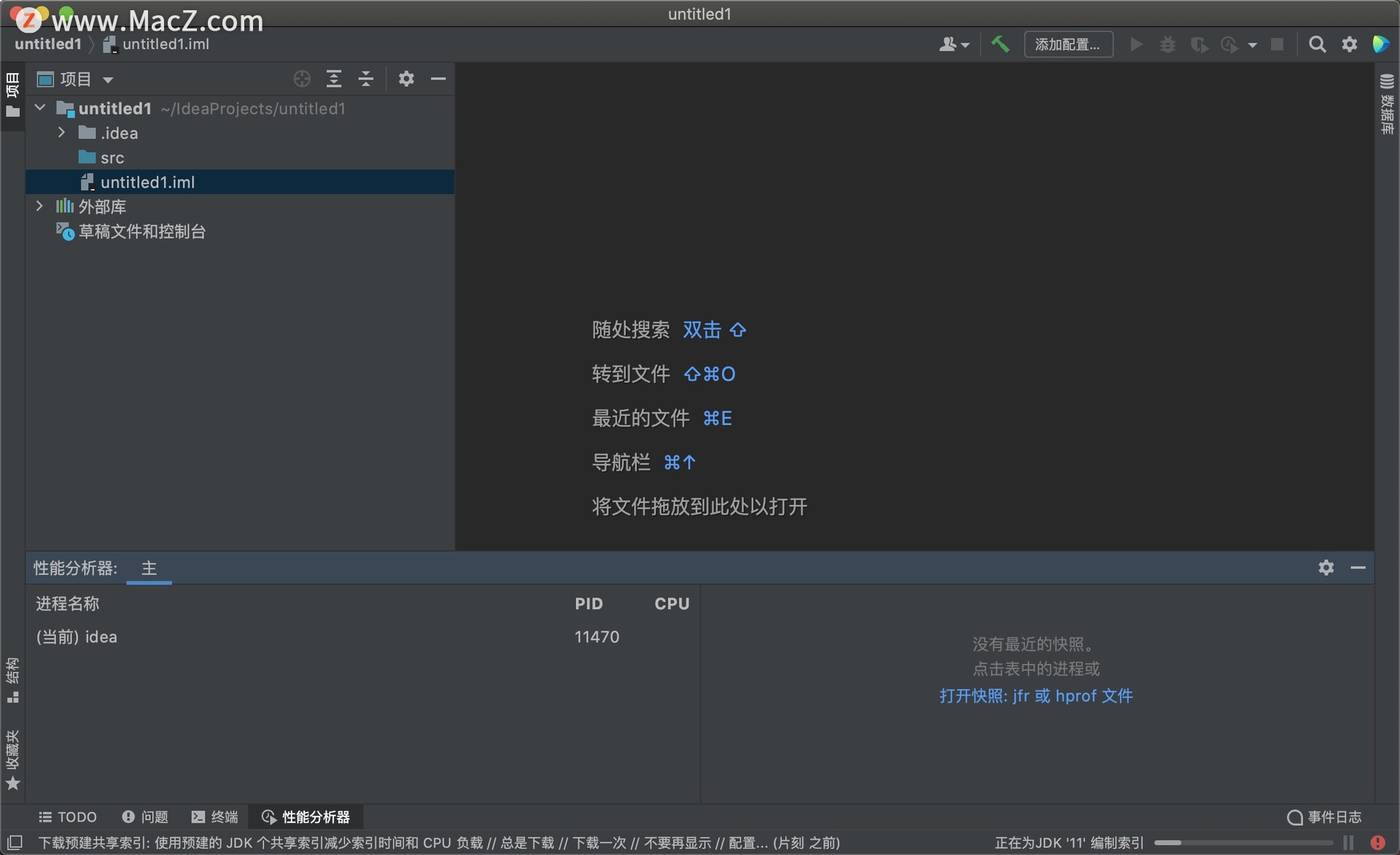一、迭代器
C++ 迭代器是指向容器内元素的对象。它们可用于循环访问该容器的对象。我们知道迭代器的一个示例是指针。指针可用于循环访问 C 样式数组.
二、代码
自己实现一个迭代器
// C++ iterators are objects that point to an element inside a container.
// They can be used to iterate through the objects of that container.
// One example of an iterator that you know is a pointer. A pointer
// can be used to iterate through a C style array. Take the following
// C-style code snippet:
// C++ 迭代器是指向容器内元素的对象。它们可用于循环访问该容器的对象。
// 我们知道迭代器的一个示例是指针。指针可用于循环访问 C 样式数组.
// int *array = malloc(sizeof(int) * 10);
// int *iter = array;
// int zero_elem = *iter;
// iter++;
// int first_elem = *iter;
// As we can see, the ++ operator can be used to iterate through the
// C style array, and the derefence operator returns the value at the
// iterator.
// 正如我们所看到的,++ 运算符可用于遍历 C 样式数组,而引用运算符在迭代器处返回值。
// The main components of a C++ iterator are its main two operators. The
// dereference operator (*) on an iterator should return the value of the
// element at the current position of the iterator. The ++ (postfix increment)
// operator should increment the iterator's position by 1. As you can see, this
// is true with the pointer being used to iterate through a C style array.
// C++迭代器的主要组件是其主要的两个运算符。迭代器上的取引用运算符(*),应返回迭代器当前位置处的元素值。++(后缀增量)运算符应将迭代器的位置递增1。和c语言的用法一样。
// There are a few examples about how to use iterators to access elements
// in C++ STL containers in vectors.cpp, sets.cpp, unordered_maps.cpp,
// and auto.cpp. This is because using iterators in C++ to access and modify
// elements in C++ STL containers is considered good style, and worth
// mentioning in these files.
// 有几个示例 vectors.cpp、sets.cpp、unordered_maps.cpp 和 auto.cpp 介绍了如何使用迭代器访问C++STL 容器中的元素。
// 在 C++ 中使用迭代器来访问和修改 C++ STL 容器中的元素被认为是很好的风格,在这些文件中值得一提。
// This file will mainly focus on the implementation of iterators. In this
// file, we demonstrate implementing C++ iterators by writing a basic doubly
// linked list (DLL) iterator.
// Includes std::cout (printing) for demo purposes.
#include <iostream>
// This is the definition of the Node struct, used in our DLL.
struct Node {
Node(int val)
: next_(nullptr)
, prev_(nullptr)
, value_(val) {}
Node* next_;
Node* prev_;
int value_;
};
// This class implements a C++ style iterator for the doubly linked list class
// DLL. This class's constructor takes in a node that marks the start of the
// iterating. It also implements several operators that increment the iterator
// (i.e. accessing the next element in the DLL) and test for equality between
// two different iterators by comparing their curr_ pointers.
class DLLIterator {
public:
DLLIterator(Node* head)
: curr_(head) {}
// Implementing a prefix increment operator (++iter).
DLLIterator& operator++() {
curr_ = curr_->next_;
return *this;
}
// Implementing a postfix increment operator (iter++). The difference
// between a prefix and postfix increment operator is the return value
// of the operator. The prefix operator returns the result of the
// increment, while the postfix operator returns the iterator before
// the increment.
DLLIterator operator++(int) {
DLLIterator temp = *this;
++*this;
return temp;
}
// This is the equality operator for the DLLIterator class. It
// tests that the current pointers are the same.
bool operator==(const DLLIterator &itr) const {
return itr.curr_ == this->curr_;
}
// This is the inequality operator for the DLLIterator class. It
// tests that the current pointers are not the same.
bool operator!=(const DLLIterator &itr) const {
return itr.curr_ != this->curr_;
}
// This is the dereference operator for the DLLIterator class. It
// returns the value of the element at the current position of the
// iterator. The current position of the iterator is marked by curr_,
// and we can access the value of curr_ by accessing its value field.
int operator*() {
return curr_->value_;
}
private:
Node* curr_;
};
// This is a basic implementation of a doubly linked list. It also includes
// iterator functions Begin and End, which return DLLIterators that can be
// used to iterate through this DLL instance.
class DLL {
public:
// DLL class constructor.
DLL()
: head_(nullptr)
, size_(0) {}
// Destructor should delete all the nodes by iterating through them.
~DLL() {
Node *current = head_;
while(current != nullptr) {
Node *next = current->next_;
delete current;
current = next;
}
head_ = nullptr;
}
// Function for inserting val at the head of the DLL.
void InsertAtHead(int val) {
Node *new_node = new Node(val);
new_node->next_ = head_;
if (head_ != nullptr) {
head_->prev_ = new_node;
}
head_ = new_node;
size_ += 1;
}
// The Begin() function returns an iterator to the head of the DLL,
// which is the first element to access when iterating through.
DLLIterator Begin() {
return DLLIterator(head_);
}
// The End() function returns an iterator that marks the one-past-the-last
// element of the iterator. In this case, this would be an iterator with
// its current pointer set to nullptr.
DLLIterator End() {
return DLLIterator(nullptr);
}
Node* head_{nullptr};
size_t size_;
};
// The main function shows the usage of the DLL iterator.
int main() {
// Creating a DLL and inserting elements into it.
DLL dll;
dll.InsertAtHead(6);
dll.InsertAtHead(5);
dll.InsertAtHead(4);
dll.InsertAtHead(3);
dll.InsertAtHead(2);
dll.InsertAtHead(1);
// We can iterate through our DLL via both our prefix and postfix operators.
std::cout << "Printing elements of the DLL dll via prefix increment operator\n";
for (DLLIterator iter = dll.Begin(); iter != dll.End(); ++iter) {
std::cout << *iter << " ";
}
std::cout << std::endl;
std::cout << "Printing elements of the DLL dll via postfix increment operator\n";
for (DLLIterator iter = dll.Begin(); iter != dll.End(); iter++) {
std::cout << *iter << " ";
}
std::cout << std::endl;
return 0;
}三、运行结果


